“I try not to present villages in a romantic way’
– Jindřich Štreit
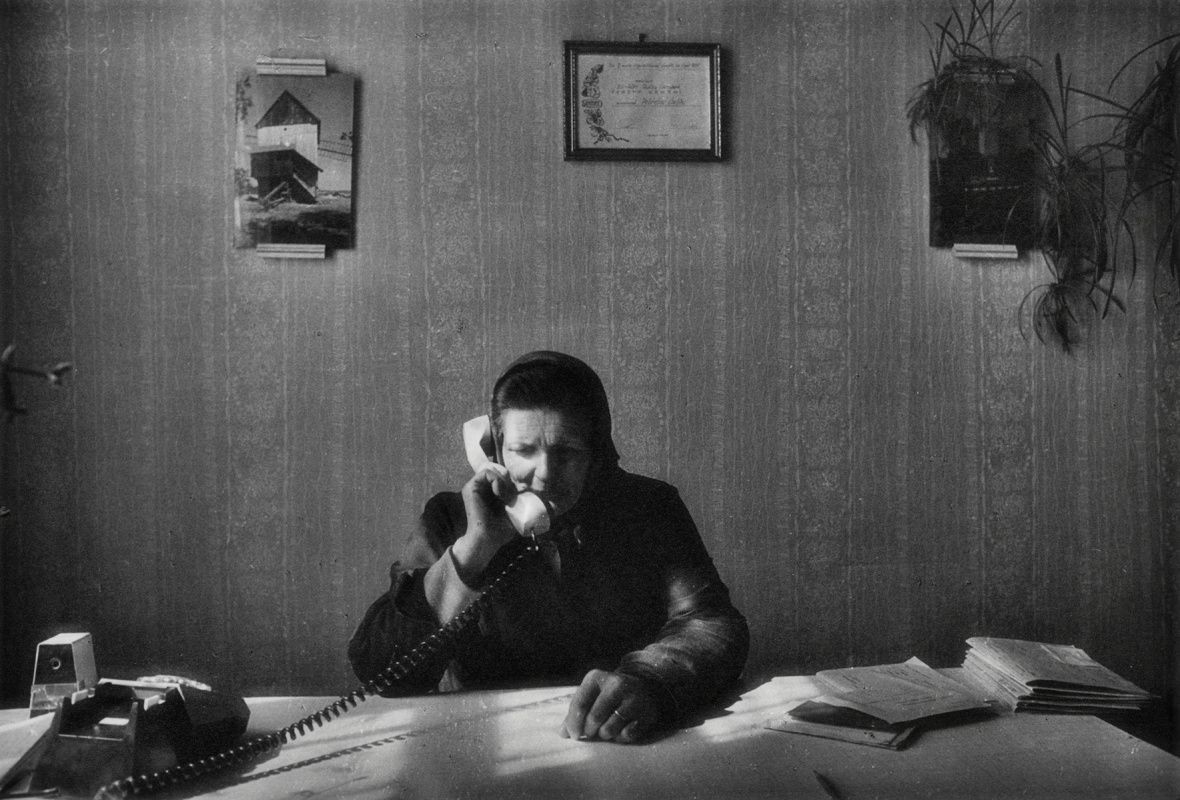
Jindřich Štreit (born 5 September 1946 in Vsetín) is a Czech photographer best known for his documentary photography. He concentrates on documenting the rural life and people of Czech villages. His photographs are full of wit and, if you were a member of the ruling Communist party, danger. The picture below, one he named Présilovka, landed Štreit in jail.
“In 1982, I started photographing flags, portraits of the president, and symbols like the hammer and sickle,” he recalls.”I framed them ironically, alongside mess, adverts, wrecked houses or sacred buildings. It was a mild protest, but I was given a 10-month suspended sentence for defamation of the president and the republic.”

Présilovka
Taken in 1980 in Sovinci, the photograph above shows a state estate meeting coming. The officials are sat at the high table. Above them hangs a portrait of Gustáv Husák, President of Czechoslovakia from 1975 to 1989. It looks as if the local villages are outnumbered. The estate manager, Mr. Linhart, asked Štreit to photograph it. A woman and her daughter Monika played a few songs and Štreit photographed it.
“You know, it’s customary in the village that people usually sit in the back, and that’s how it was at this meeting as well,” says Jindřich Štreit. “The working name was Přesilovka, because that’s what it looks like, even though there were still some people in the very back of the hall.
“The power play was the biggest triumph of the censors, it was the most striking photo… They said it was defamation of the president, they didn’t like his portrait in that context. There were a total of six photos in the file against me, this one bothered them the most. No one understands that today, it was just such a time.”
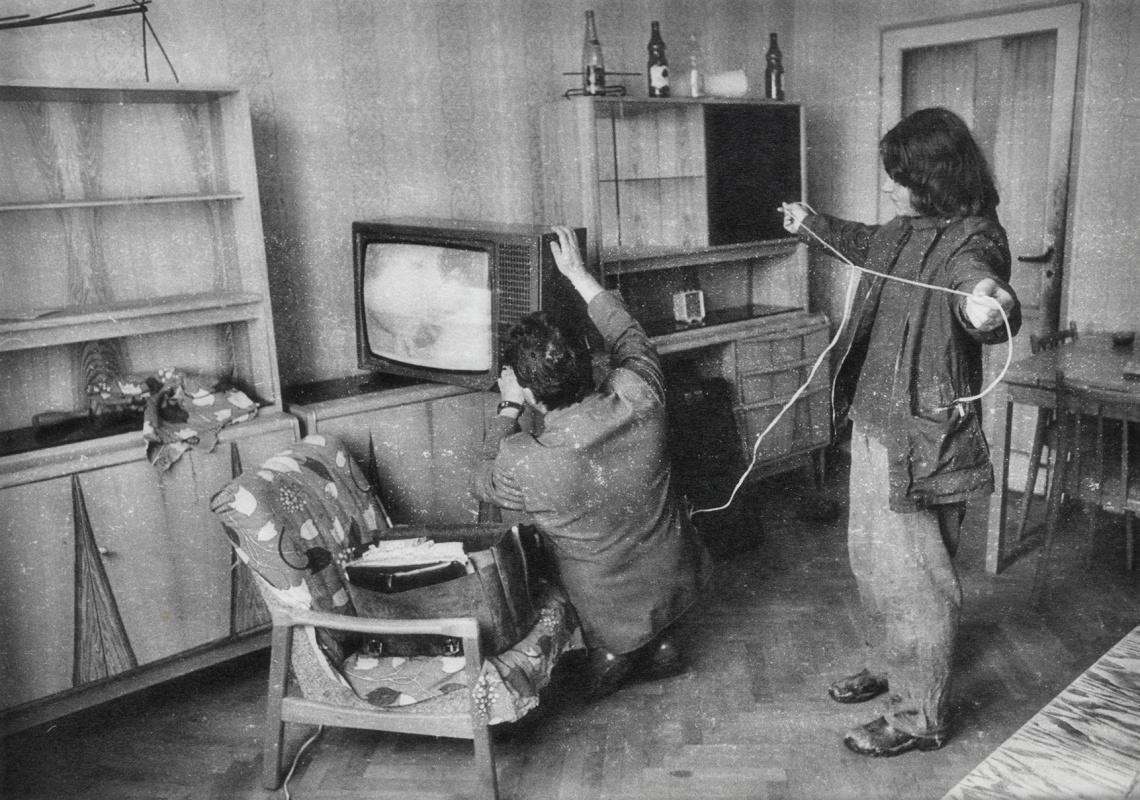
“In 1993, I was working on a project about life in the Olomouc region of Czechoslovakia. One day, I came to the village of Dlouhá Loučka-Křivá and went into a courtyard where I saw two old people, a husband and wife, sawing firewood for winter. They were working quietly, concentrating. I watched them fetch a beam from a wrecked barn, but they didn’t discuss how they planned to carry it to the saw. The woman faced one way, the man the other. When they realised, the woman eventually turned and followed her husband.”
– Jindřich Štreit

Těchanov by Jindřich Štreit 1965
“The time of the funeral came and I tried to photograph the funeral procession [bove] so that I could get all three coffins on the horizon, so that they did not blend into the landscape. The moment I started taking pictures and knelt down in the dirt in the field, that’s when a procession of white ducks appeared in front of me, marching in the opposite direction.”
– Jindřich Štreit

“The photograph [above] was taken during the elections in 1983. At that time, it was an election when the leading role of the party had to be confirmed to at least 99 percent and the electoral commission also went to the fields and to the homes of old people.
The photo shows the election commission coming to meet Ms. Ondrušková in the field in Kněžpol,” says Jindřich Štreit. “I try to make my photos so visually expressive that there is no need to explain them further, but here it is obvious that today’s young people probably have a hard time understanding how elections were done back then.”
– Jindřich Štreit


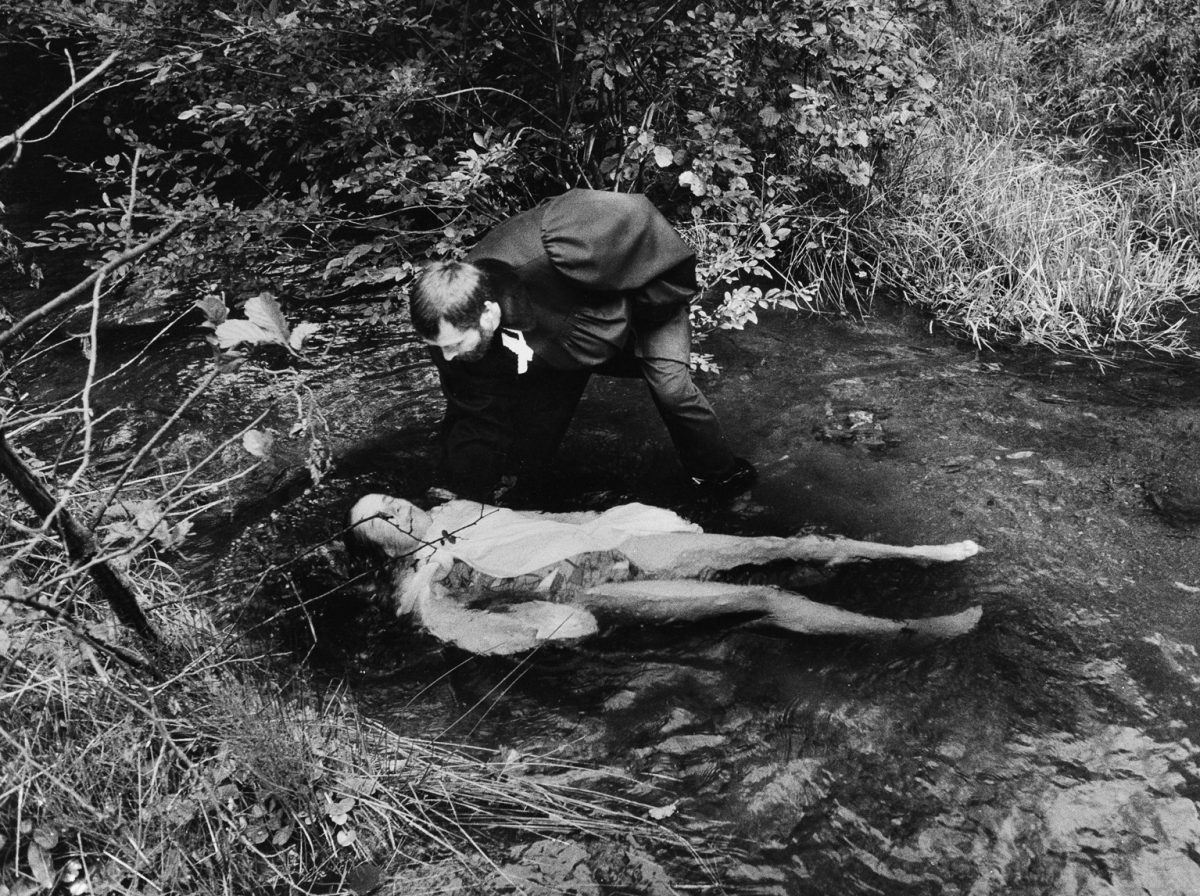
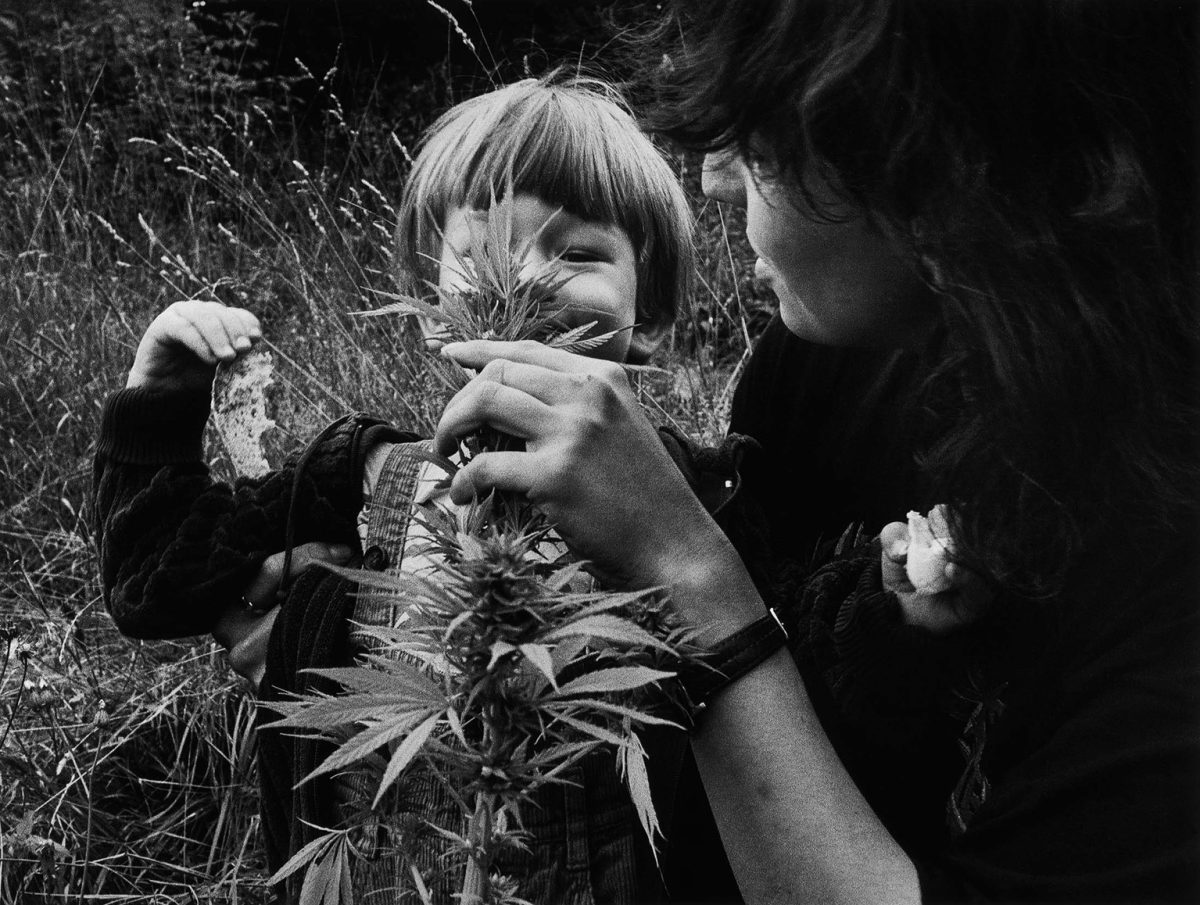
“I feel freer and more unrestrained in the country. Even though I still live in a village, I go to a city almost on a daily basis because of my friends, job, interests and culture. Yet, I always return to the stillness of the village every day. I live in beautiful countryside which I like and which makes me happy. I had an opportunity to live in a city: Olomouc or Prague. But I would live in a crowd. I’m a solitaire in the village.”
– Jindřich Štreit
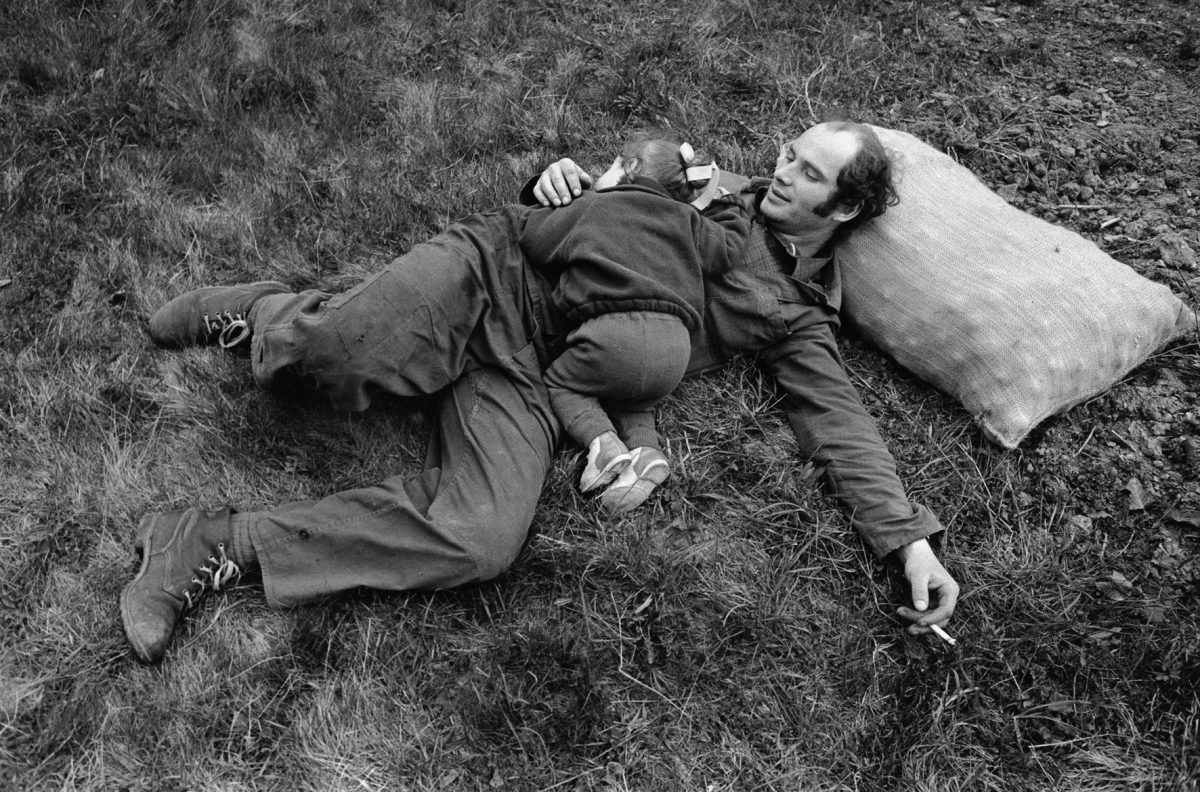
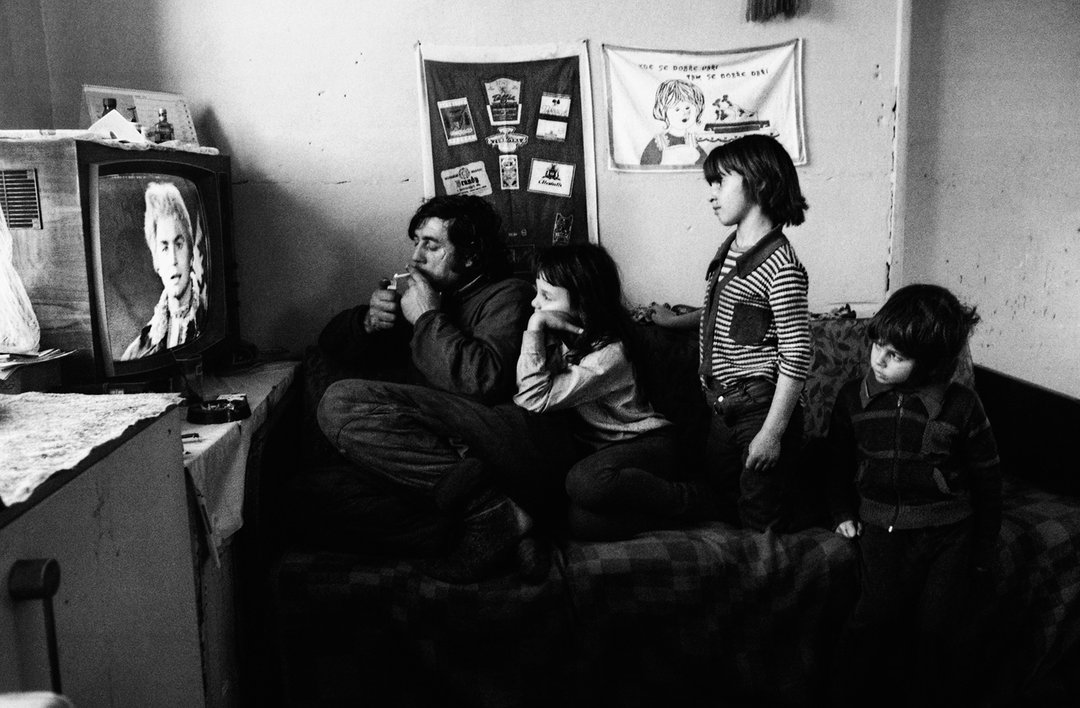
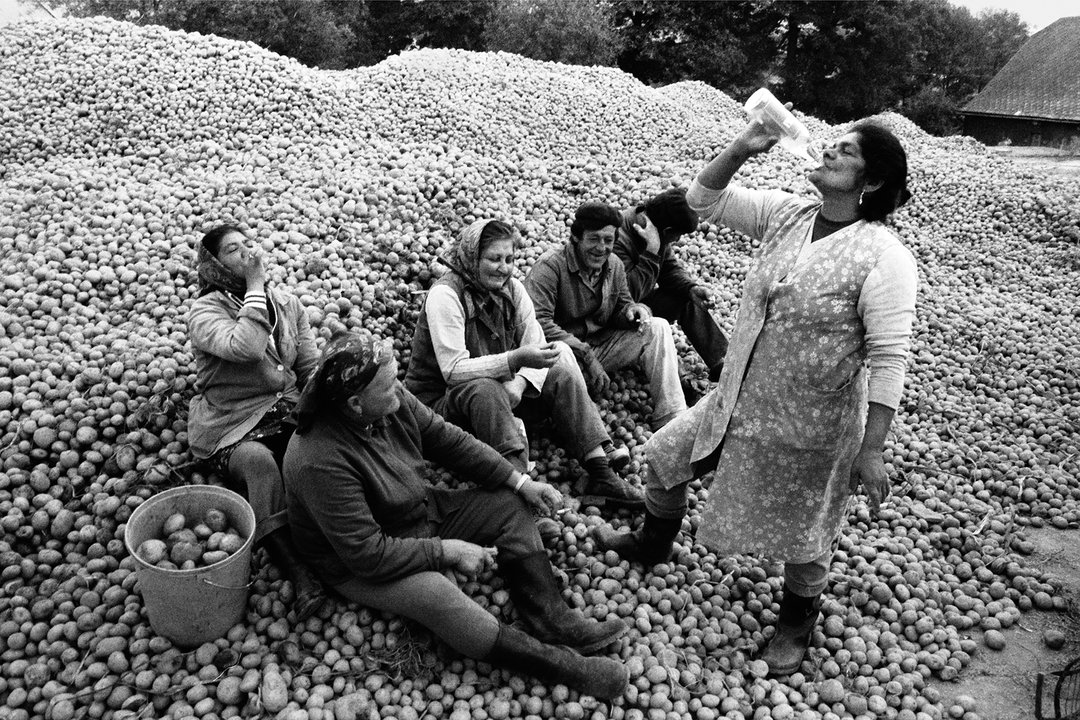
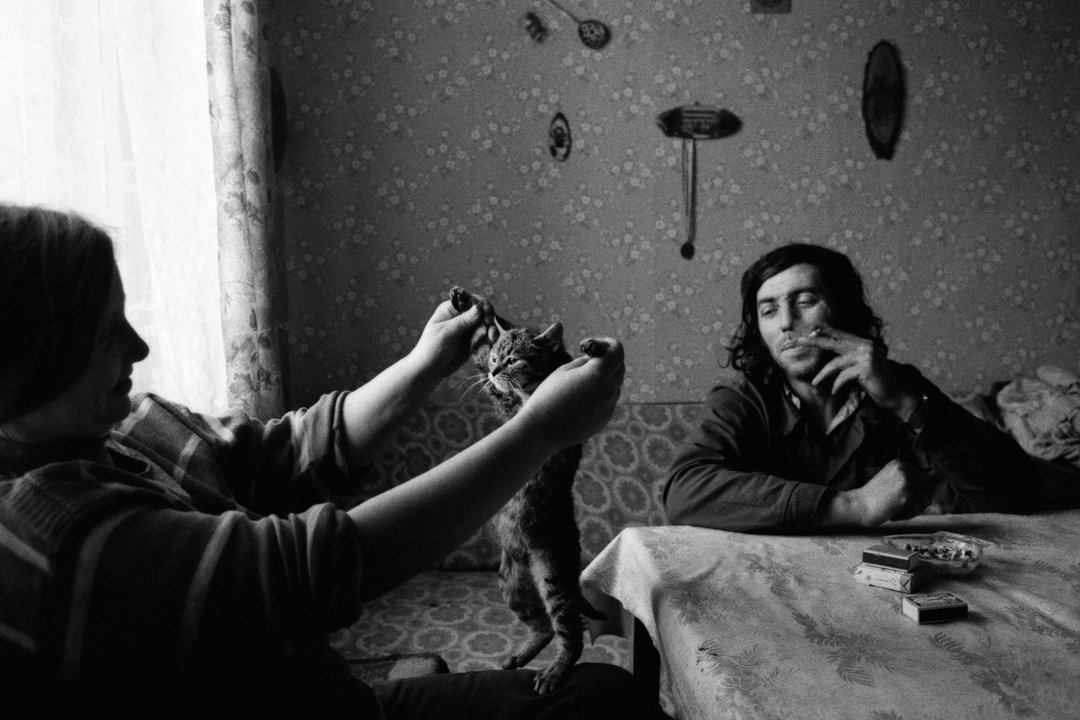
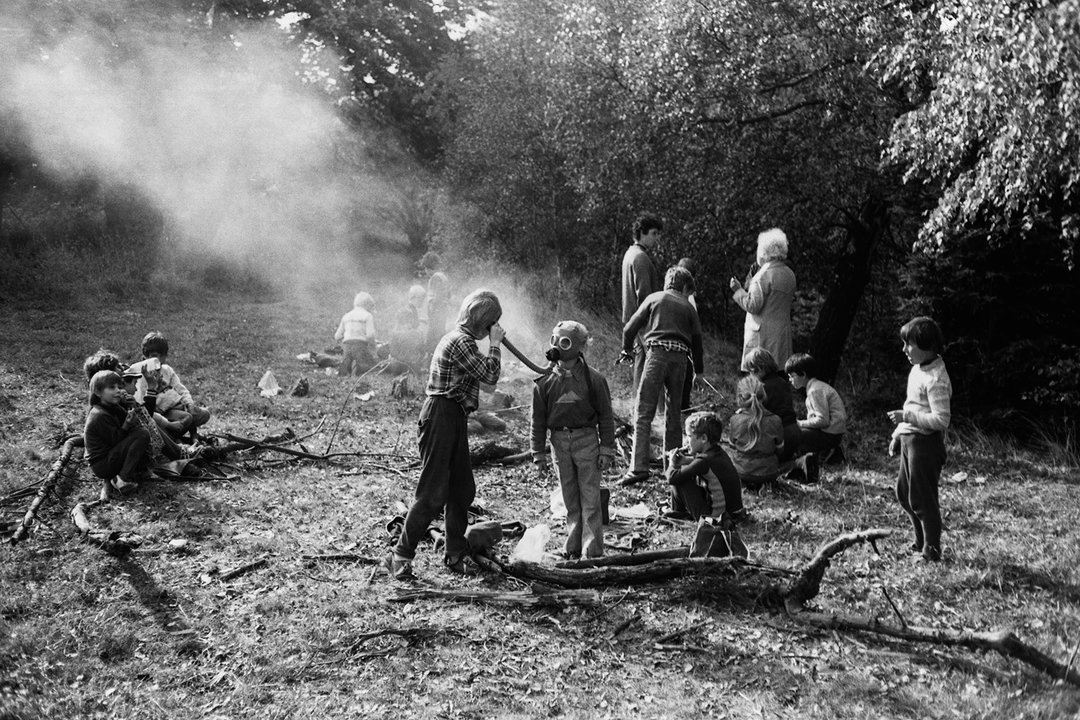
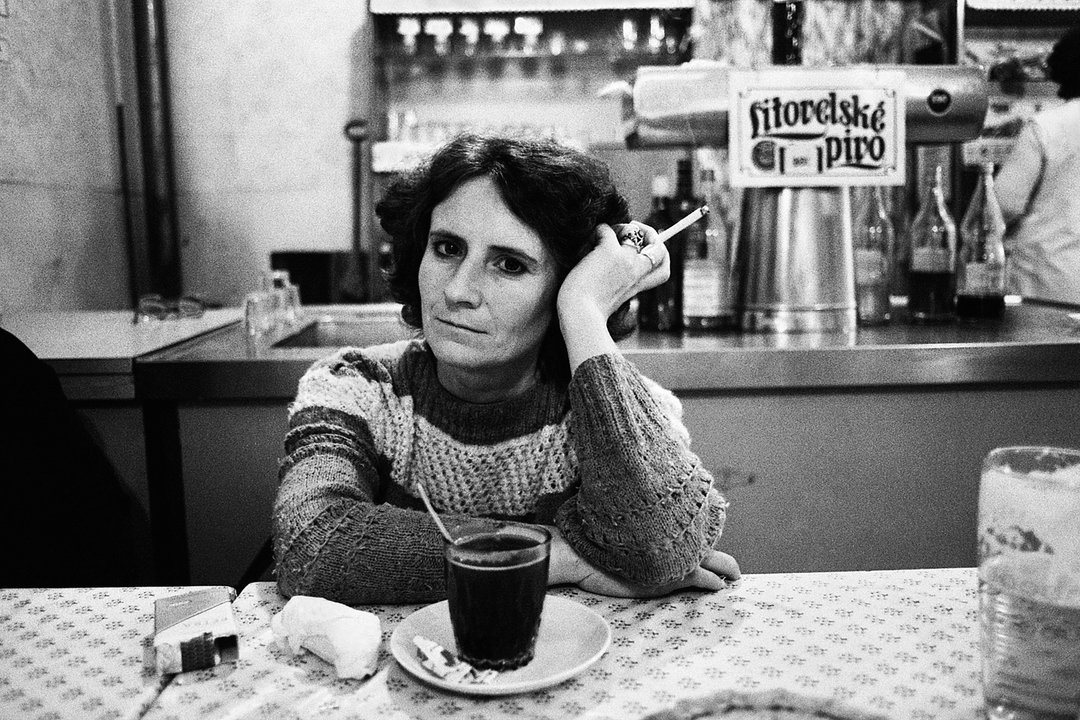

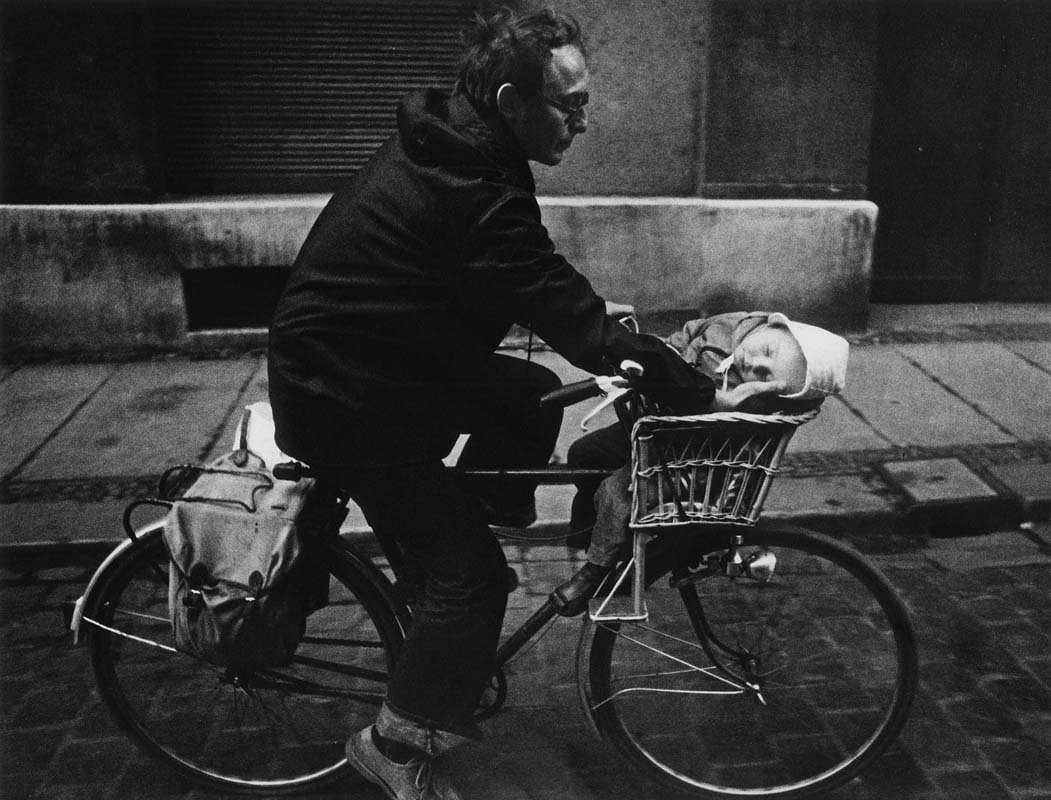
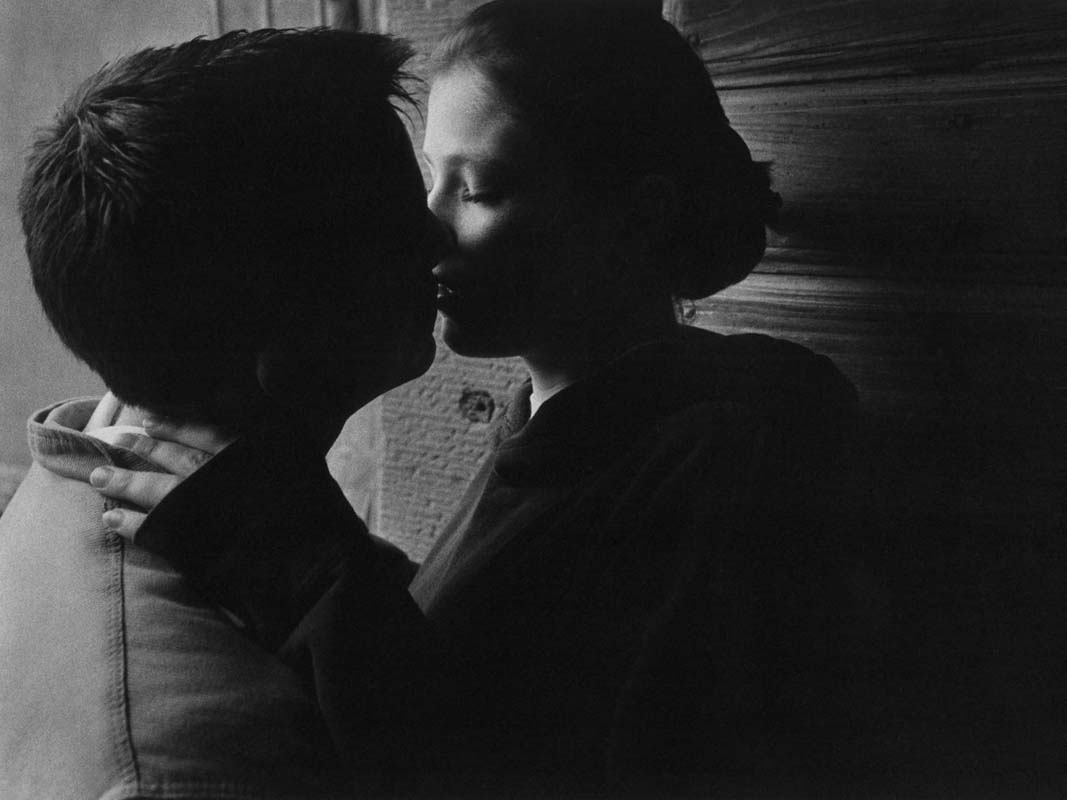

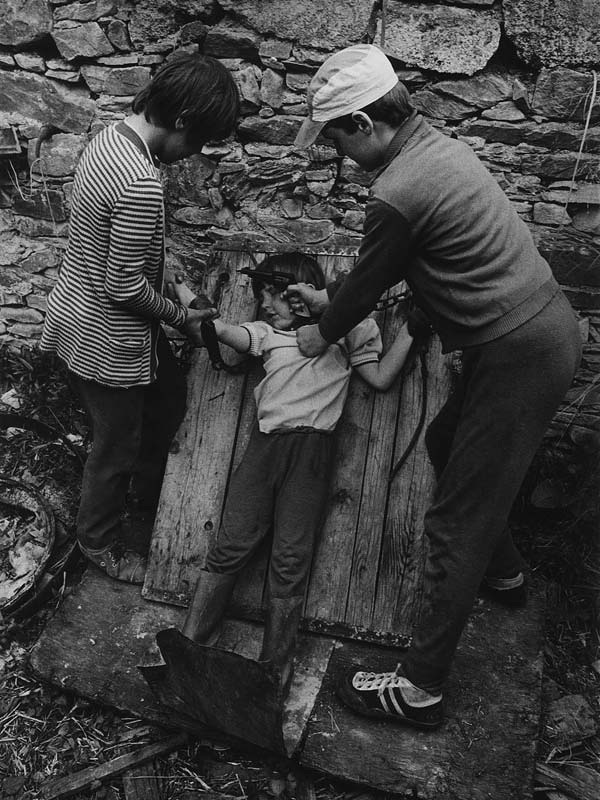
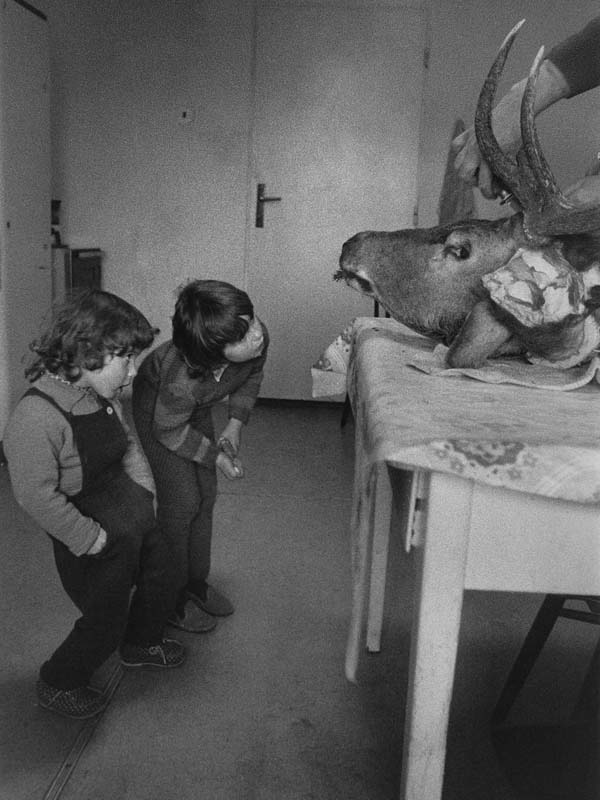
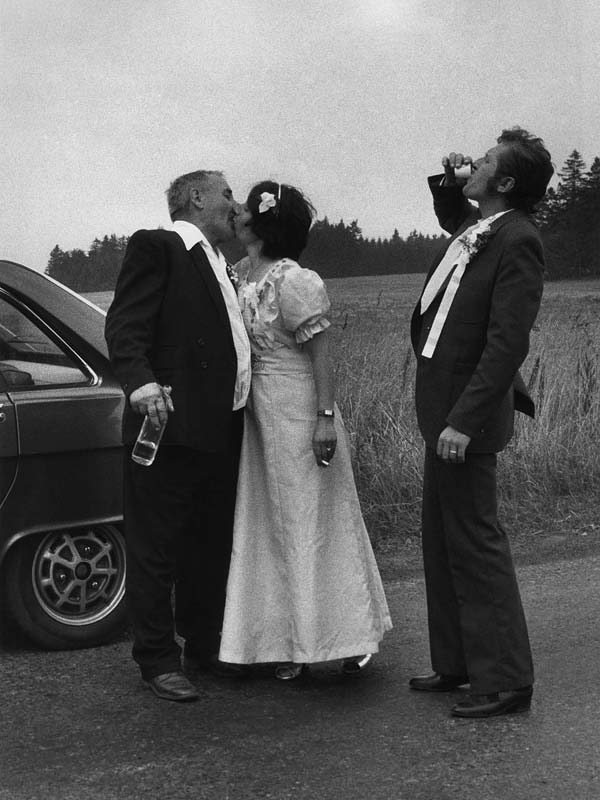

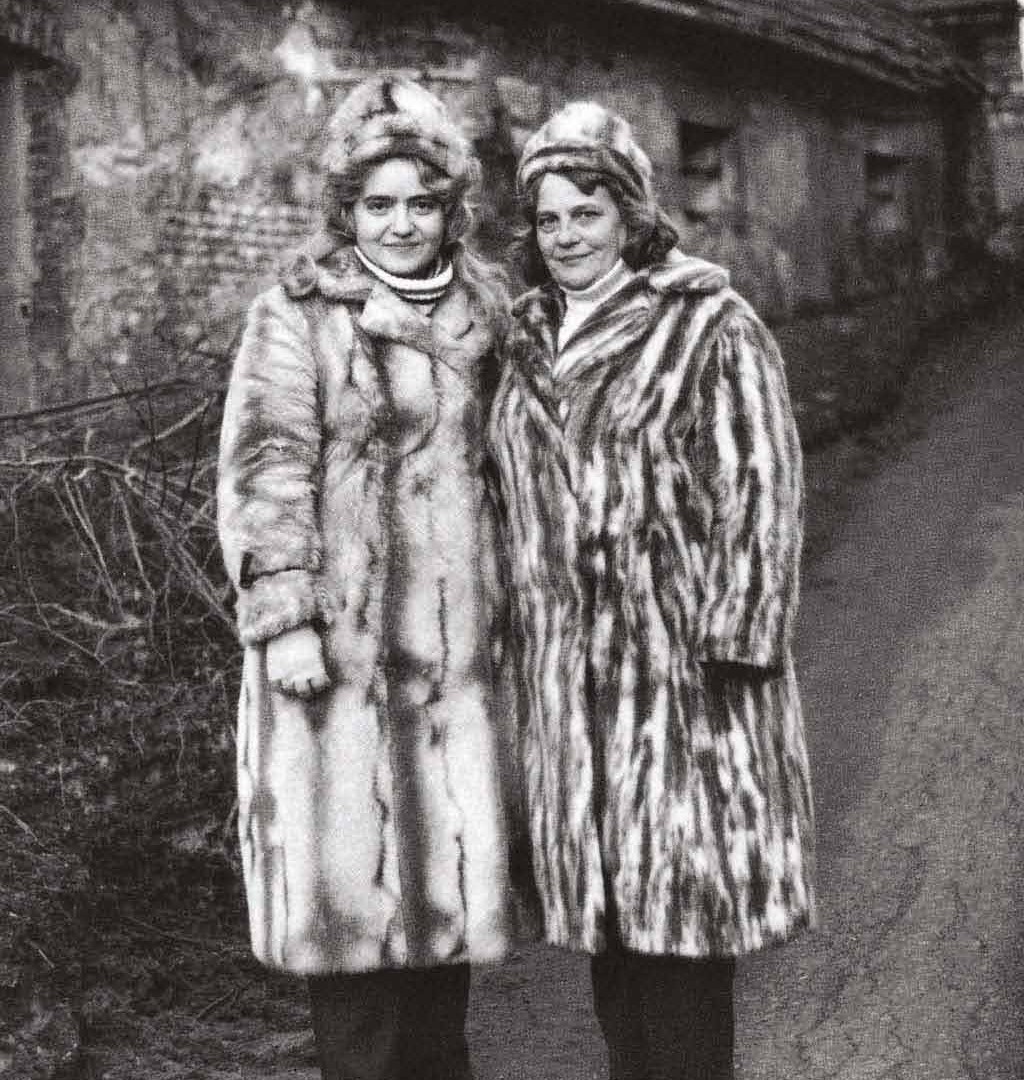





Via: Anzenberger Gallery, New East Archive, Muo, Patriot, Setanta books, and the book Village People.
Would you like to support Flashbak?
Please consider making a donation to our site. We don't want to rely on ads to bring you the best of visual culture. You can also support us by signing up to our Mailing List. And you can also follow us on Facebook, Instagram and Twitter. For great art and culture delivered to your door, visit our shop.










